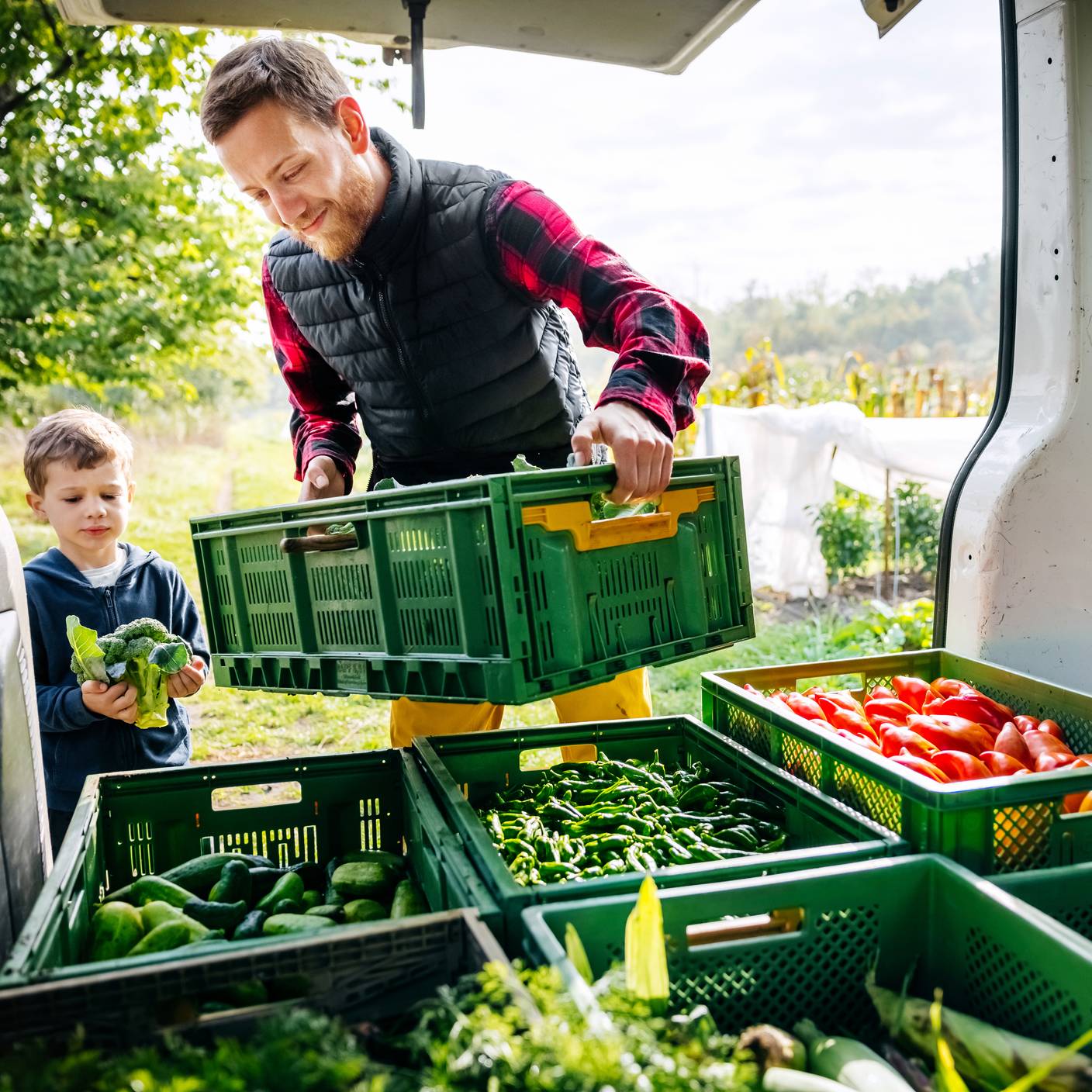Reducing the pressure: supply chain insights
The challenges that surfaced in 2022 continue to cast a shadow over the supply chain.
The business landscape is under pressure from various angles, ranging from climate shifts to geopolitical unrest. In these turbulent times, businesses should not be looking to merely tap the brakes but rather adapt to the ever-changing environment to thrive and be successful.
In this article, we explore supply chain issues still disrupting the market, offer pragmatic solutions for businesses and provide practical approaches for organizations to mitigate the strain of the current global landscape and unearth opportunities within their supply chains.
Persisting supply chain disruptions
Tackling long lead times and material shortages: Supply chains, once strained by pre-pandemic port congestion and lockdowns, still grapple with unpredictable lead times and material scarcity. Complex supply chains, entwined with outsourcing, intensify the issue.
Solution: Prioritize sourcing and supplier management for risk reduction. Consider near-shoring or friend-shoring to enhance visibility, reduce lead times, and trim capital investment.
Managing escalating logistics costs: Rising logistics expenses, especially trucking due to high fuel prices and labour costs, amplify supply chain challenges.
Solution: Revamp your logistics strategy and network. Explore third-party logistics, reassess trucking contracts, and seek optimization opportunities.
Adapting to changing consumer demand: The pandemic-induced e-commerce surge reshaped buying patterns
Solution: Strengthen Sales and Operations Planning (S&OP) processes. Collaborate across departments to align sales projections, capacity, procurement, and logistics.
Overcoming manufacturing constraints and inflexible operations: Constraints in labour, materials, and equipment hinder manufacturing, curtailing agility in responding to demand shifts.
Solution: Analyze your manufacturing strategy and footprint to optimize operations. And, introducing cross-training and flexible machinery.
Addressing environmental risks and natural disasters: The pandemic exposed the vulnerability of supply chains to extreme weather events and geopolitical disruptions.
Solution: Develop a comprehensive supply chain strategy, encompassing sourcing, logistics, inventory planning, and manufacturing capacity. Also, enhance supply chain visibility to identify critical contacts and prepare for disruptions.
Exploring supply chain pathways
Here are three practical methods in place for organizations to lessen the impact of the current global situation and discover supply chain opportunities.
Self-Knowledge of Your Supply Chain: True leadership entails delving into your operational ecosystem. Comprehensive self-awareness provides a competitive edge in confronting global challenges. This newfound insight fuels agile supply chains, navigating shifts in security, technology, and sustainability. Bolstering supplier resilience nurtures a network poised to weather uncertainties, nurturing a sustainable workforce.
Infuse Sustainability into the Supply Chain: The bedrock of a sustainable supply chain lies in prioritizing human well-being. This ethos resonates across the chain, echoing through safety and growth opportunities. Research underscores the impact of this people-centric approach, showcasing revenue growth in diverse and inclusive entities. Beyond resilience, this emphasis equips supply chains to weather global pressures.
Stay Afloat Amid Shifting Regulations: Amid turbulence, regulations remain dynamically evolving on a global scale. Staying informed empowers supply chains to adeptly adapt and implement vital adjustments. This proactive stance confers a competitive edge and serves as a buffer against unexpected disruptions.
Navigating regulatory waters
Consider the realm of fresh produce, traversing a complex global supply chain amidst diverse regulations. Here, supply chain standardization emerges as a beacon of efficiency. This practice seamlessly melds with sustainable approaches, propelling companies toward their goals.
Standardization guarantees uniformity, amplifying supplier guidelines, encompassing processes beyond products and refining operations.
Consequently, the journey of responsible supply chain standardization becomes an essential phase for businesses, equipping them to navigate challenges, seize opportunities, and embrace the ever-evolving global trade landscape.








